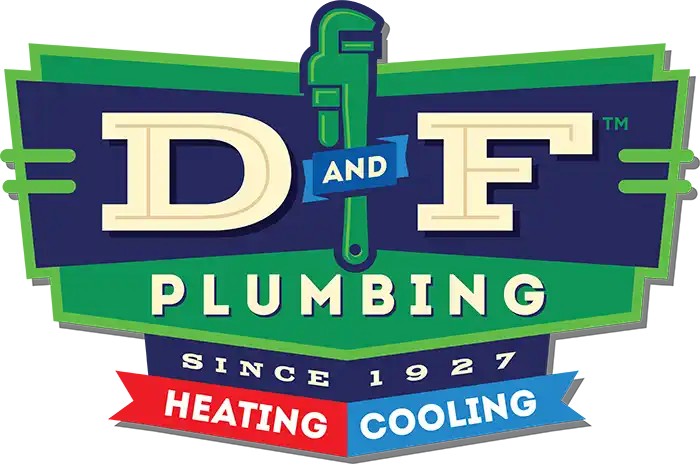Carbon monoxide poisoning remains a serious concern for homeowners, particularly during colder months when heating systems are in constant use. This colorless, odorless gas can pose a significant threat to the health and safety of your family if released in your home due to a faulty heating system.
In order to keep our loved ones safe and secure from the dangers of carbon monoxide poisoning, it’s crucial to know the importance of heater repair and maintenance. Whether it’s spotting the signs of a malfunctioning heater or the advantages of regular upkeep, we have to equip ourselves with all the necessary information to make informed decisions about our heating systems.
Understanding Carbon Monoxide and Its Threats
Carbon monoxide (CO) is a hazardous and poisonous gas produced as a byproduct of the incomplete combustion of fossil fuels in various appliances, including furnaces, water heaters, and space heaters. This gas is colorless, odorless, and tasteless, making it incredibly difficult to detect without the aid of a CO detector. Exposure to high levels of CO can lead to symptoms such as headaches, dizziness, nausea, and even death in more severe cases. It’s crucial for homeowners to be informed about the dangers posed by carbon monoxide and the essential steps to prevent CO buildup in their homes.
Identifying Warning Signs of a Malfunctioning Heater
A well-maintained heating system should not produce dangerous levels of CO. However, a malfunctioning heater can increase the risk of carbon monoxide poisoning. The following signs indicate potential problems with your heating system that may lead to CO release:
1. Yellow or Orange Flames: The presence of yellow or orange flames instead of the usual blue flames in gas appliances could indicate an issue with combustion, which can lead to CO production.
2. Soot or Smoke Stains: Soot or smoke stains around your heating equipment might suggest incomplete combustion, which can be a source of CO.
3. Condensation or Moisture Buildup: Higher than usual condensation or moisture buildup on windows or in your home could be a sign of an improperly functioning heater.
4. Health Symptoms: If you or your family members experience unexplained headaches, dizziness, or flu-like symptoms only when the heating system is in use, it could be a warning sign of CO exposure.
If you notice any of these warning signs, immediate action should be taken to address the issues and ensure the safety of your home.
Preventive Maintenance and Timely Repairs
Preventive maintenance and timely repairs of your heating system are crucial in keeping your home safe from carbon monoxide poisoning. Regular maintenance will not only ensure that your heating system operates safely but also help maintain its efficiency, prolong its life, and reduce the risk of unexpected breakdowns. Below are some key steps to include in your heater’s preventive maintenance routine:
1. Annual Inspection: Schedule a professional annual inspection of your heater, where our team will assess all essential components for proper function and safety. This inspection helps identify any potential issues before they escalate, preventing CO buildup and ensuring system efficiency.
2. Cleaning and Servicing: Routine cleaning and servicing of your heating system help maintain its optimal performance. This includes cleaning or replacing air filters, inspecting and adjusting fan belts, and cleaning burners for proper combustion.
3. CO Detectors: Installing and maintaining CO detectors throughout your home is a crucial safety measure. These detectors should be placed on every level of your house, particularly near sleeping areas. Change their batteries regularly and replace the entire unit as recommended by the manufacturer.
4. Proper Ventilation: Ensure that your heating system has adequate ventilation to the outdoors, and regularly inspect for any blockages or obstructions in the venting system.
5. Timely Repairs: Address any issues or malfunctions identified during maintenance inspections. Ignoring these problems may lead to CO leaks and pose a threat to your family’s health and safety.
Benefits of Regular Heater Maintenance
In addition to preventing carbon monoxide poisoning, maintaining your heating system offers several other benefits. These include:
1. Enhanced Efficiency: A well-maintained heater operates at a higher efficiency, using less fuel and saving energy costs.
2. Longer Lifespan: Preventive maintenance can help prolong the life of your heating system, saving you from costly replacements.
3. Improved Indoor Air Quality: A properly functioning heater contributes to better indoor air quality, which is crucial for your family’s health.
4. Fewer Breakdowns: Regular maintenance helps identify and resolve potential issues early, reducing the risk of unexpected breakdowns during cold months.
Protect Your Home with Expert Heater Maintenance Services
Safeguarding your family against the dangers of carbon monoxide poisoning starts with diligent heater maintenance and prompt repairs. Understanding the warning signs of a malfunctioning heater, investing in regular preventive maintenance, and addressing issues as they arise are essential steps in ensuring your heating system operates safely and efficiently. Our team of skilled professionals is dedicated to providing comprehensive heater repair and maintenance services to keep your home comfortable and secure.
Don’t compromise on the safety and well-being of your household. Contact D&F Plumbing, Heating and Cooling today to schedule a heater inspection or maintenance service, and let our experienced professionals help you protect your family from carbon monoxide poisoning while promoting the longevity and efficiency of your heating system. Take action now and enjoy the peace of mind you deserve.




